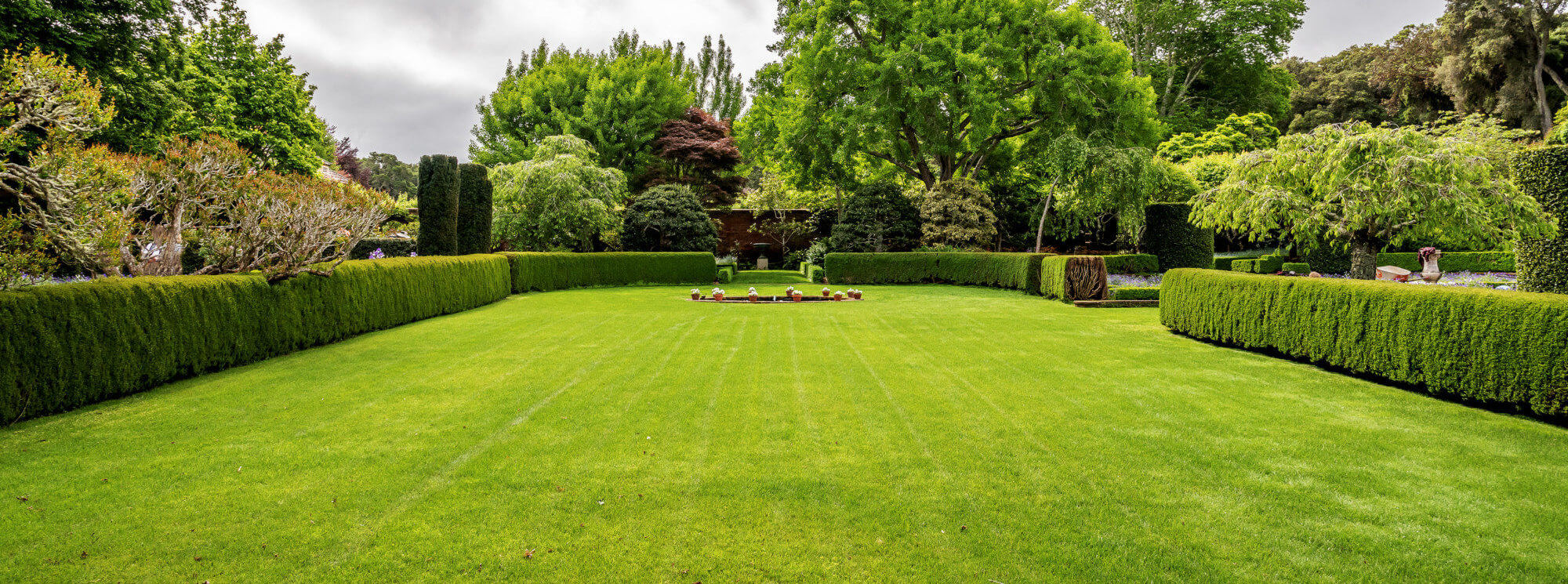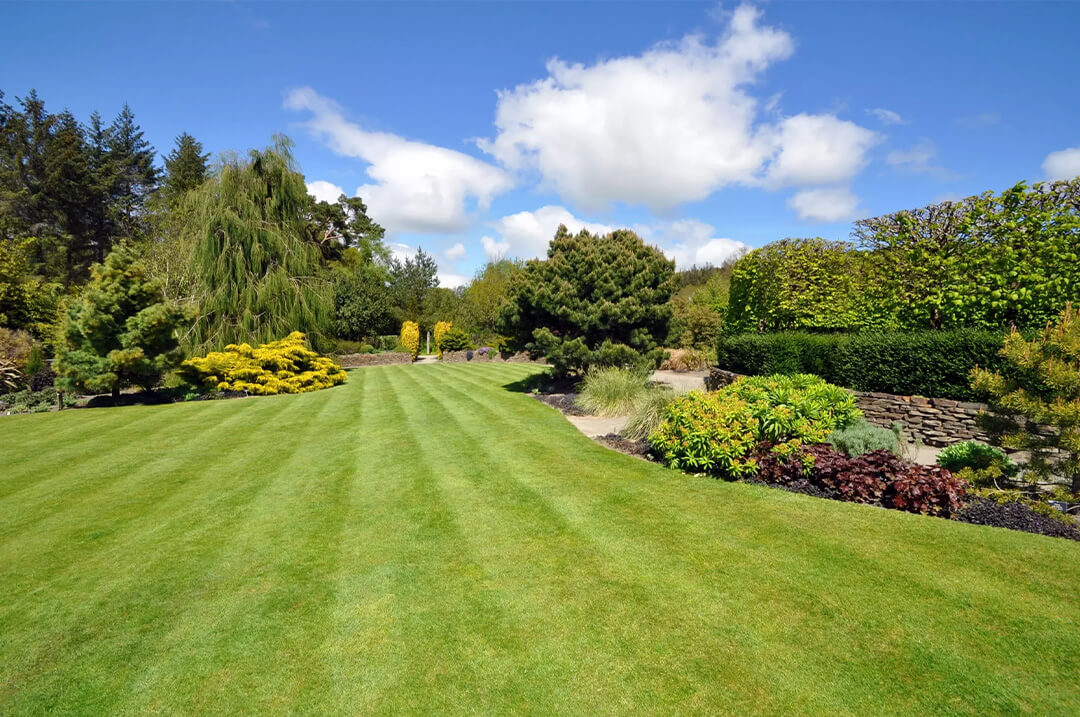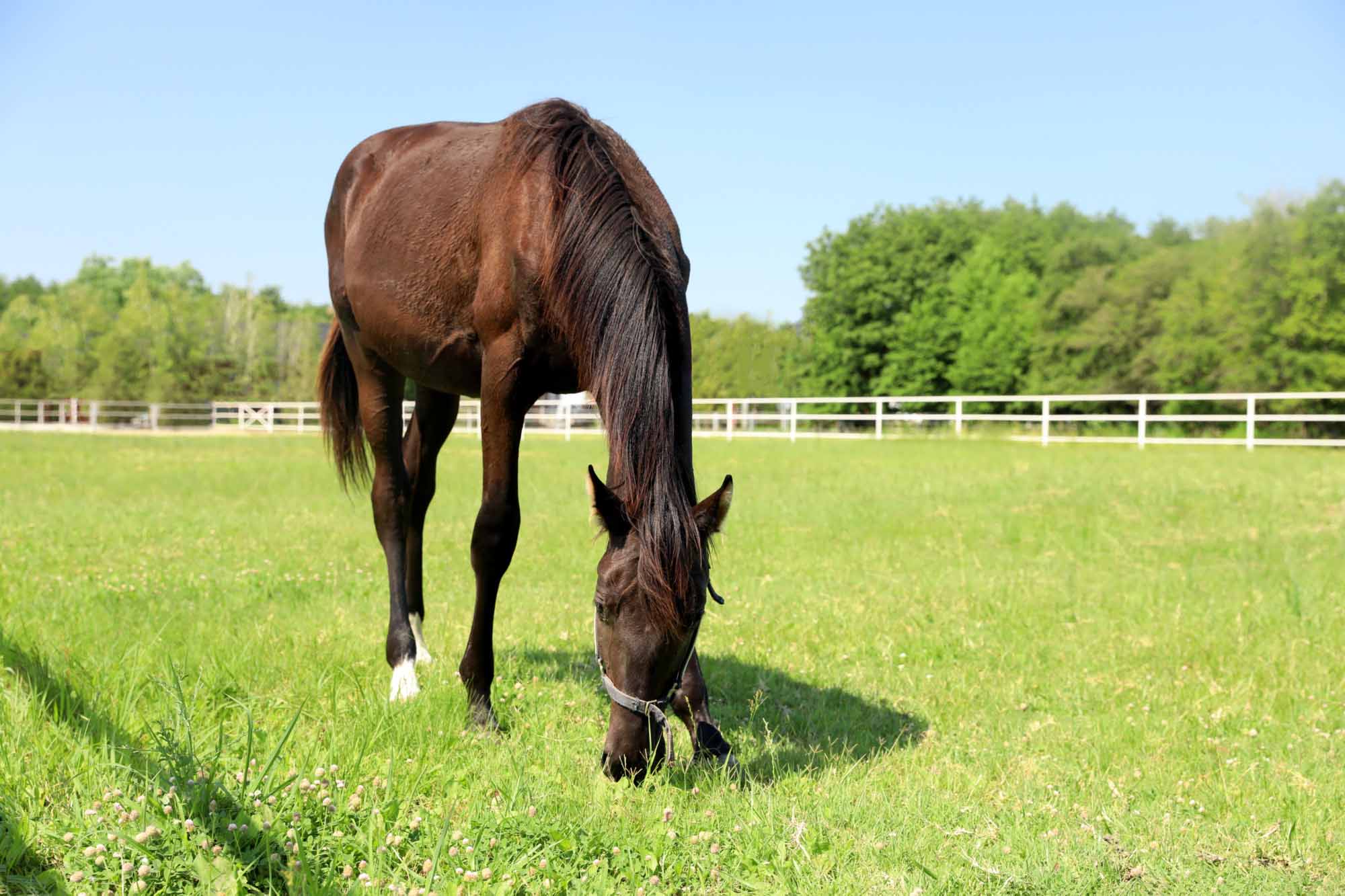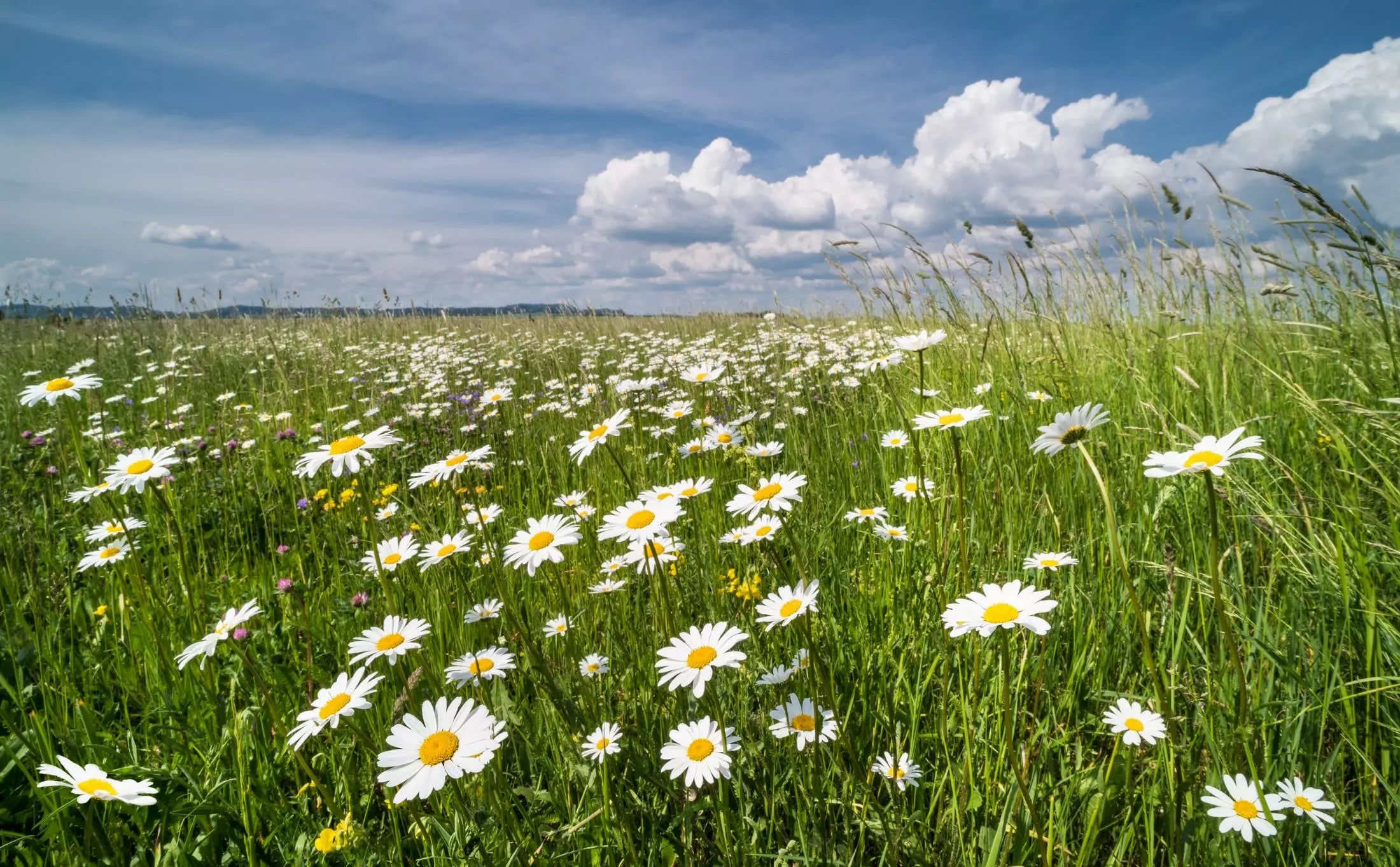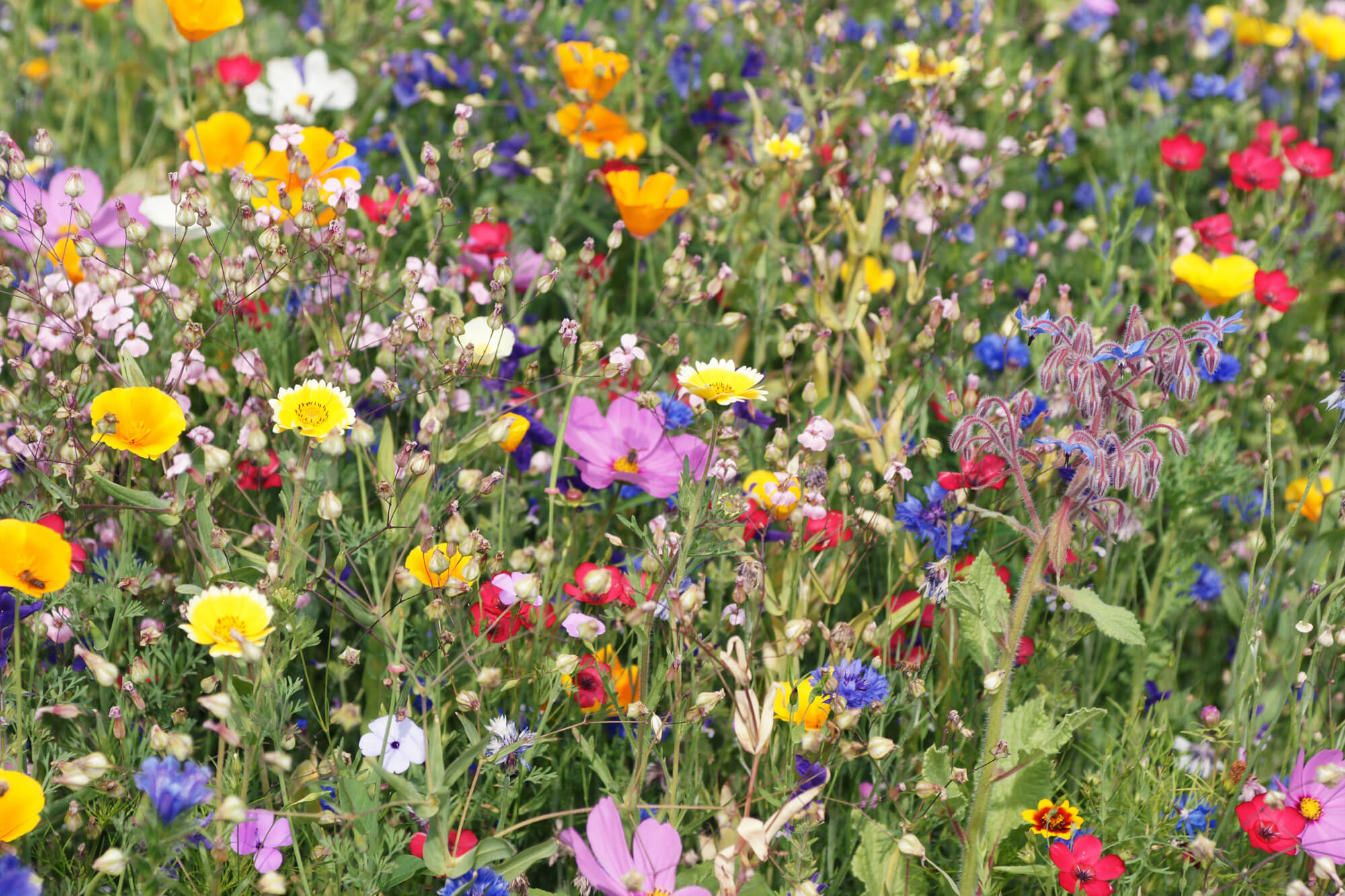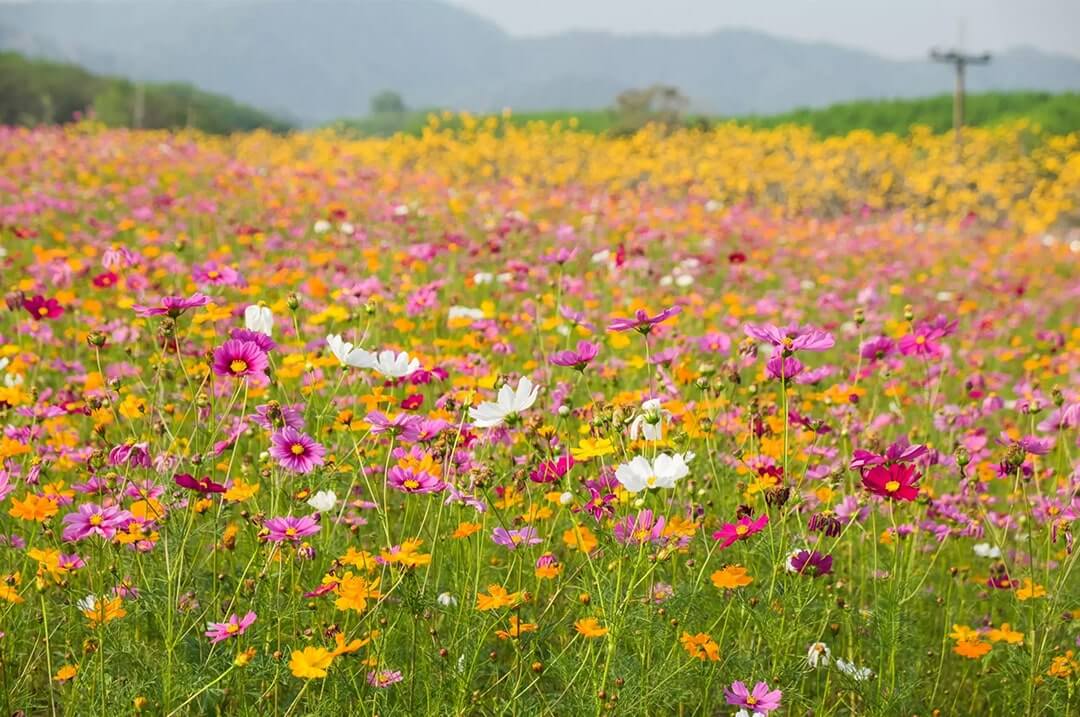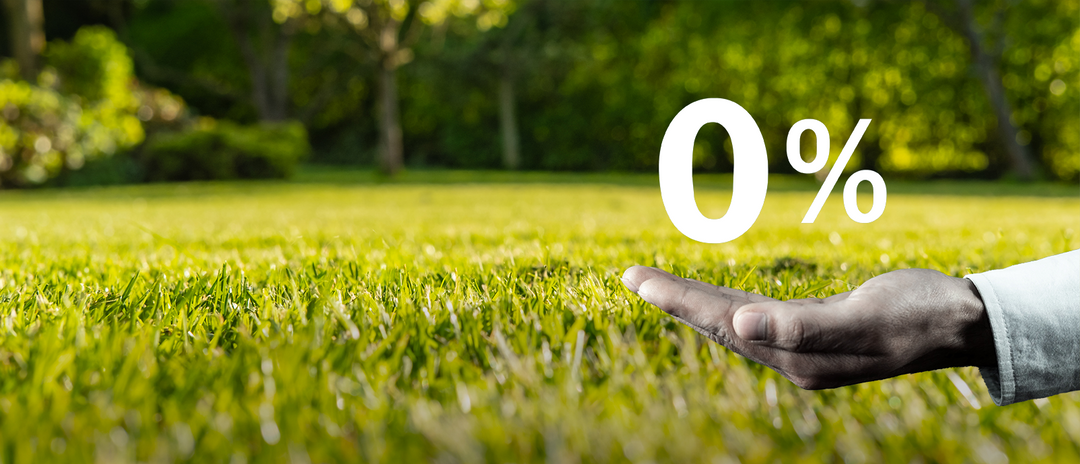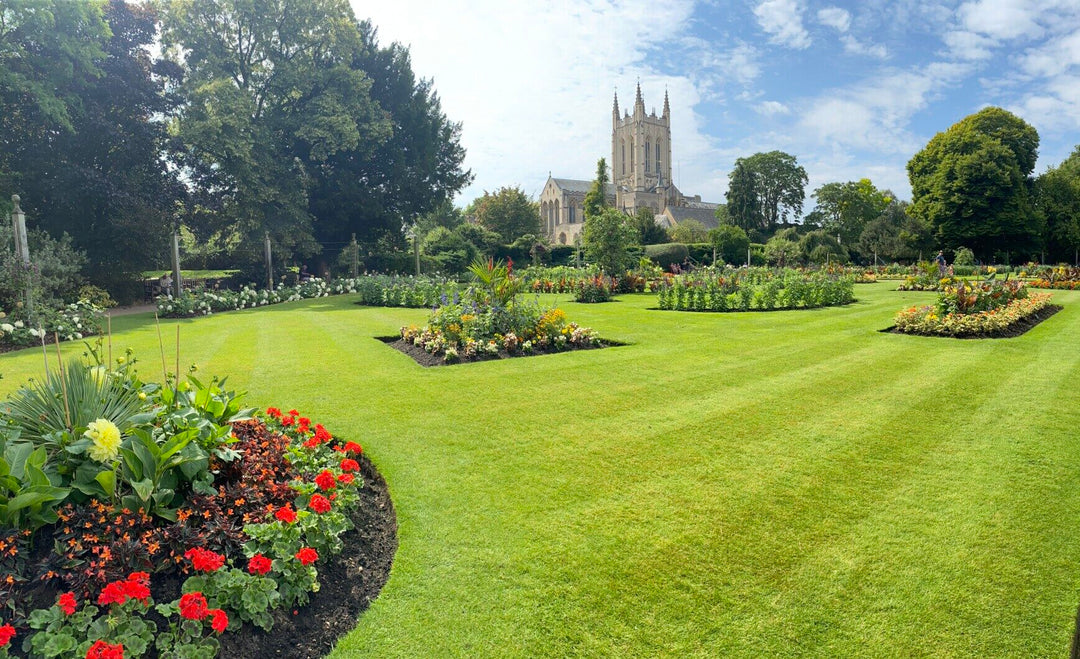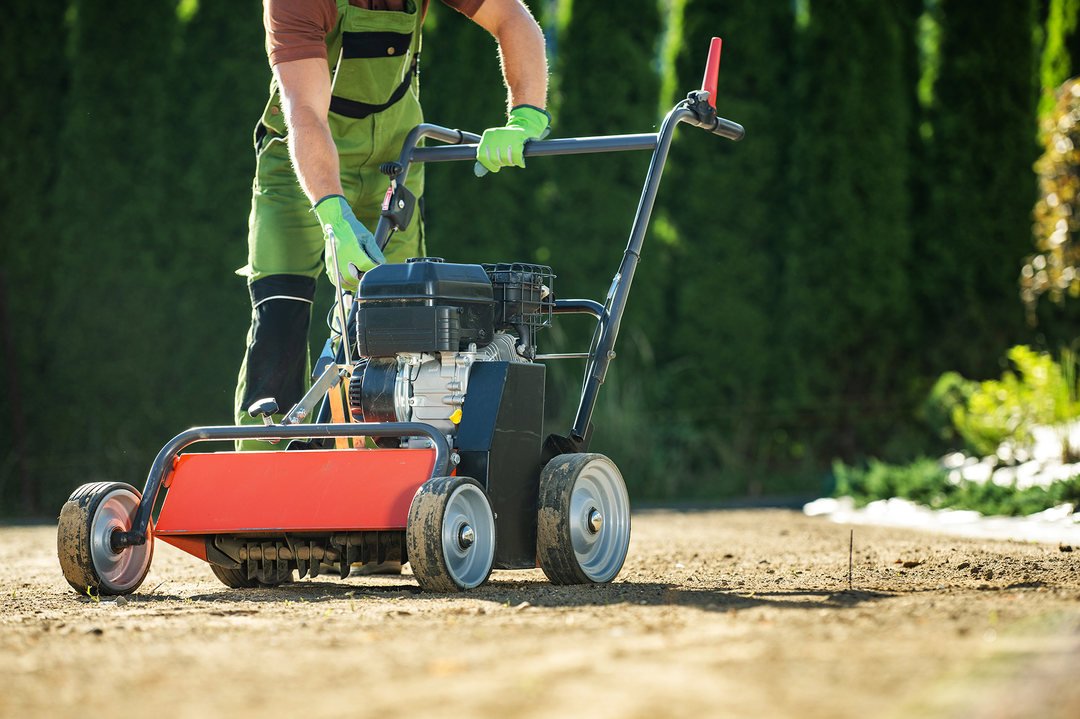What is Highland Bent?
A common question that we get asked when visiting golf courses around the UK is regarding Highland bentgrass seed. We regularly get shown areas of bent on golf greens and get asked the question whether we think it may be Highland? The answer often is uncertain. To conclusively say whether a bent grass plant is Highland or not it would involve taking a sample and growing it on into a mature plant and comparing it against other known varieties of Browntop bent in order to draw a firm conclusion. But there is every chance, that if the green in question has been overseeded, or established with bent over the last 60 years that there will be a proportion of the population that is Highland. But this begs the question, what is Highland? Where has it come from and how does it differ to Browntop bent?
Highland bent was first recognised as a distinct type in 1926 growing in the Umpqua Valley in Oregon, USA by Prof. George Hislop of Oregon State College and Harry Schoth from the United States Department of Agriculture. It was deemed botanically distinct from Colonial bent (Agrostis capillaris, known at Browntop bent in the UK) and given the botanical name Agrostis castellana. In 1930 a naturalised stand of Highland bent was found growing in the Willamette Valley in Oregon and the first recorded crop of certified Highland bent was produced in 1934.
In Charles Hubbard’s 1954 book ‘Grasses’, Hubbard states that although naturalised and originally selected in Oregon its characteristics are strongly suggestive of a Mediterranean origin, indicated by its bluish green leaf colour, early heading date and drought resistance. It is often this distinct blueish green colour that can give away its presence on a golf green.
So, although Highland bent is approaching 100 years in commercial seed production, it is remarkable that it is still being used today in mixtures for golf greens, bowling greens and mixtures for lawns and landscaping. However, with Highland bent typically costing around 1/2 to 2/3 of the price of a quality Browntop bent, it is fair to say that its longevity owes more to its price than its varietal qualities.
So what are the physical differences between Highland bent and Browntop bent? Is it easy to tell the difference? In a golf green which is mown down to a height of 3mm, it may be hard to differentiate unless there are distinct patches - but when grown separately and compared side by side the difference is all too apparent. At a botanical level there is a distinct difference in the colour of the leaves, with Highland bent being much bluer in colour than Browntop. Highland bent is also typically much broader in the leaf and has a ligule that is longer than that of browntop bent. The difference between the two species when grown in isolation is shown in the photographs below.
[gallery columns="2" size="medium" ids="eyJ1cmwiOiJodHRwczpcL1wvd3d3LmdyYXNzc2VlZG9ubGluZS5jby51a1wvd3AtY29udGVudFwvdXBsb2Fkc1wvMjAyNFwvMDdcL0hpZ2hsYW5kLUJlbnQucG5nIiwidGl0bGUiOiJIaWdobGFuZCBCZW50IiwiY2FwdGlvbiI6IkhpZ2hsYW5kIEJlbnQiLCJhbHQiOiJIaWdobGFuZCBCZW50IiwiZGVzY3JpcHRpb24iOiJIaWdobGFuZCBCZW50In0=,eyJ1cmwiOiJodHRwczpcL1wvd3d3LmdyYXNzc2VlZG9ubGluZS5jby51a1wvd3AtY29udGVudFwvdXBsb2Fkc1wvMjAyNFwvMDdcL0Jyb3dudG9wLUJlbnQucG5nIiwidGl0bGUiOiJCcm93bnRvcCBCZW50IiwiY2FwdGlvbiI6IkJyb3dudG9wIEJlbnQiLCJhbHQiOiJCcm93bnRvcCBCZW50IiwiZGVzY3JpcHRpb24iOiJCcm93bnRvcCBCZW50In0=" link="file"] The clear visual difference between Highland and Browntop bent is also reflected in the BSPB Turfgrass Seed trials, conducted by the STRI at Bingley, see table below.| Cultivar | Sh den | F of L | VM | Mean | Red thread | W-green | S-green |
| Charles | 7.7 | 7.6 | 7.5 | 7.6 | 4.8 | 5.9 | 6.2 |
| BarKing | 6.9 | 6.7 | 7.3 | 7.0 | 5.6 | 7.0 | 5.8 |
| Heriot | 6.5 | 6.3 | 7.1 | 6.7 | 5.6 | 6.7 | 6.3 |
| Highland | 4.3 | 4.4 | 4.5 | 4.4 | 5.2 | 8.0 | 4.8 |
So does Highland bent still have a place in grass seed mixtures for the UK? When it comes too mixtures for sports turf, be they for golf greens, bowls greens or golf course fairways, the answer must be no. For sports turf surfaces, modern varieties Browntop bent offer far superior all-round performance and aesthetics - which in turn contribute towards the high-performance surfaces demanded by today's players. For lawns and general-purpose landscaping, Highland bent is easily outperformed in all aspects by quality varieties of fine leaf perennial ryegrass.
In research work commissioned by Barenbrug and conducted by the STRI, various species and mixtures were assessed for their suitability for use in golf greens. The study included traditional blends of 80% fescue and 20% bent, with one mixture containing Highland and one containing Browntop. The difference between the two mixtures when assessed for visual merit is significant, see table below.
|
Mean Visual Merit Scores (1-9) |
80:20 browntop |
80:20 highland |
|
Standard input regime |
7.1 |
3.6 |
|
Low input regime |
6.6 |
3.6 |
(Table above, mean visual merit scores of 80:20 fescue:bent blends throughout STRI trial)
More significant is the level of Poa annua ingression over the 4 years of the trial. In both standard and low input regimes, the level of Poa in the plots containing Highland was greater than in the plots containing Browntop. The conclusion is that the low shoot density of Highland provides ‘gaps’ in the sward that give the opportunity for Poa to establish, compared to the higher density of Browntop which creates a more effective barrier. Another possible reason for this is that due to Highland’s Mediterranean origin and likely preference for warmth, it does not favour early spring growth. Sward density is always at its lowest point at the end of the winter and as we enter the spring this is the point at which Poa ingression occurs. Highland is therefore not sufficiently active enough to prevent the Poa ingression in the spring.
[caption id="attachment_19821" align="aligncenter" width="550"] Chart above, botanical composition of 80:20 fescue:bent plots after over 4 years trialling under standard and low input maintenance regimes.[/caption]
Chart above, botanical composition of 80:20 fescue:bent plots after over 4 years trialling under standard and low input maintenance regimes.[/caption]
For these reasons Highland bent is not used in any mixtures for sport or general lawn and landscape use from Grass Seed Online.
However, bent as a species does have its advantages; it is very tolerant of drought, heat and is generally a very resilient species. Therefore, if bent is to be used in specialist mixtures such as those for embankments or road verges, there is a legitimate case for using Highland bent due to its more aggressive rhizome production compared to that of Browntop bent.
There is no doubt that Highland bent has been a significant part of the grass seed landscape throughout the 20th century. However, as with all things in life, technology moves on and in the case of grass seed, progress in grass breeding is slowly but surely making Highland bent obsolete. When the day comes that the last crop of Highland bent is harvested there will be no doubt that it has earned its retirement!
Is highland bent good for use in lawn seed mixtures?
Highland bent is generally not recommended for lawn mixtures, particularly for applications such as golf or bowling greens. It is often described as common bent but is considered an inferior quality species. Highland bent tends to be coarse, open, and stalky, making it less desirable for high-quality turf. Instead, proper common bent, which has exceptional density, is preferred for these specialized uses. Therefore, it is advisable to avoid using highland bent in lawn mixtures and to opt for proper common bentgrass seed for optimal results.
Characteristics of Highland Bentgrass vs Browntop Bentgrass Seed
When it comes to selecting the right bentgrass seed for your lawn or sports field, two prominent types that often come into consideration are Highland bent and Browntop bent. Each variety has its unique characteristics, strengths, and weaknesses, which can significantly influence the health and aesthetics of your turf. Understanding these differences is crucial for making an informed decision.
Highland Bent: An Overview
Highland bent (Agrostis castellana) is a species native to Oregon and is known for its ability to thrive in various soil conditions. However, this grass type tends to be less competitive compared to its counterparts. Its growth habit is characterized by an open sward and coarser texture, making it less desirable for high-quality turf applications like golf and bowling greens. While Highland bent exhibits some resilience to drought and heat, it is often overshadowed by Browntop bent in turf management scenarios.
Browntop Bent: The Superior Choice
Browntop bent (Agrostis stolonifera), on the other hand, stands out for its exceptional density and fine texture. It has a more vigorous growth habit, capable of establishing a thick mat that effectively resists invasive species like Poa annua. Its close-knit growth makes Browntop bent a preferred choice for premium lawns and sports fields where aesthetics and playability are paramount.
Comparative Growth Patterns
One key difference between Highland bent and Browntop bent lies in their growth patterns. Highland bent tends to lag in early spring growth, making it vulnerable to Poa ingression during this critical period. In contrast, Browntop bent exhibits a robust spring resurgence, allowing it to occupy available space more effectively and reducing the chances of unwanted weed emergence.
Environmental Tolerance
Both grasses have their own tolerances to environmental factors. Highland bent is often seen as more drought-tolerant, which can be an advantage in certain landscapes or for erosion control on embankments. Conversely, Browntop bent is better suited for well-maintained sports fields where consistent irrigation and top-quality maintenance can be provided.
Conclusion
In conclusion, while Highland bent serves specific applications, such as in embankments or less formal landscapes, Browntop bent is typically favored for its superior aesthetic qualities and competitive nature. When selecting a bentgrass seed for your specific needs, weigh these characteristics carefully to achieve the best results in your lawn or turf project.
Highland bent and browntop bent are both types of bentgrass, but they have different characteristics when it comes to drought tolerance.
Drought Tolerance of Highland Bentgrass vs Browntop Bentgrass Seed
Highland Bent:
- Highland bent tends to have lower drought tolerance compared to browntop bent. This variety is often described as coarse and stalky, which may not support a dense sward that can hold moisture effectively.
- Its more open growth habit makes it less capable of thriving in dry conditions, leading to potential stress and poor performance during drought periods.
Browntop Bent:
- Its dense growth and ability to withstand shorter mowing heights allow it to conserve moisture more effectively, making it a more resilient option during dry conditions.
- Browntop bent is better suited for high-quality playing surfaces, such as golf greens and bowling greens, where maintaining a healthy, lush appearance is crucial even during periods of limited water availability.
Summary
In summary, browntop bentgrass seed generally has superior drought tolerance compared to highland bent. Therefore, for applications requiring resilience in dry conditions, browntop bent is the preferred choice, particularly in high-performance settings like golf and bowling greens.
Disease Tolerance of Highland Bentgrass vs Browntop Bentgrass Seed
When comparing the disease tolerance of highland bent and browntop bentgrass seed, there are notable differences that are important for turf management, particularly in applications such as golf courses and bowling greens.
Highland Bent
- Lower Tolerance: Highland bentgrass seed generally has a lower tolerance to diseases compared to browntop bent. It is more susceptible to a variety of turf diseases, which can lead to issues in maintaining healthy turf.
- Common Diseases: Due to its coarser texture and open growth habit, highland bent may struggle more with diseases like dollar spot, brown patch, and root rot.
Browntop Bent
- Higher Tolerance: Browntop bentgrass seed, specifically the cultivars such as Arrowtown that are used in premium mixes, typically exhibit higher disease resistance. This quality makes it more suitable for high-maintenance areas like golf greens and bowling greens.
- Resistance Characteristics: Browntop bent is known for its dense sward and finer leaf texture, which can help reduce conditions conducive to disease development. Its ability to withstand mechanical stress and frequent mowing also contributes to its resilience against disease.
Summary
In summary, browntop bentgrass seed demonstrates superior disease tolerance compared to highland bent. For those involved in turf management, particularly in environments that demand high-quality surfaces, choosing browntop bent over highland bent can lead to healthier turf and reduced disease-related issues.
Grass Seed Online can supply both typesof bentgrass seed. click on the following links to buy highland bentgrass seed or buy browntop bentgrass seed.




